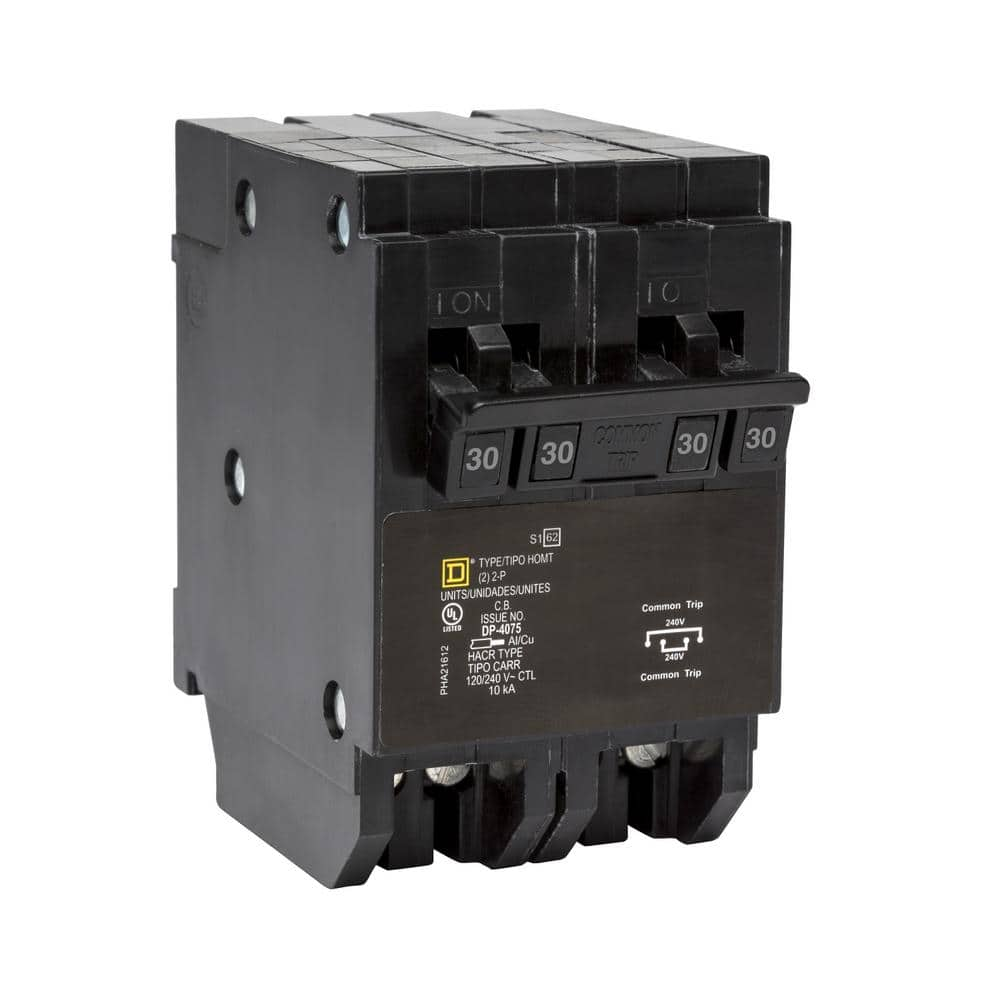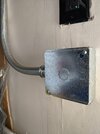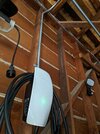The breakers you'd be looking for are called MH-T Quadplex, and here's an example.
You really should be talking to an electrician locally. I notice there's a * next to MH-T on most of the panelboard breakers column, which means 'MH-T 15-40 amp only' per the left area, and I interpret that to be any of the types from 15-15(if the make it) up to 40-40, which they probably don't make.
Your panelboard main breaker is an MP-T.
Note that Siemens bought or otherwise absorbed Murray a while back, so there's a Siemens equivalent to all(or almost all) the listed breakers.
You really should be talking to an electrician locally. I notice there's a * next to MH-T on most of the panelboard breakers column, which means 'MH-T 15-40 amp only' per the left area, and I interpret that to be any of the types from 15-15(if the make it) up to 40-40, which they probably don't make.
Your panelboard main breaker is an MP-T.
Note that Siemens bought or otherwise absorbed Murray a while back, so there's a Siemens equivalent to all(or almost all) the listed breakers.





